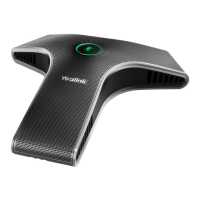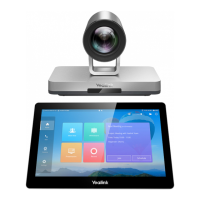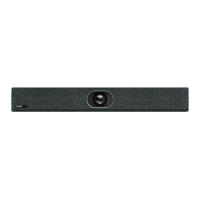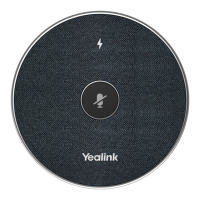Administrator‘s Guide for Yealink VC110 Video Conferencing Endpoint
212
Check whether the far site rejects your call.
Check whether the firewall blocks the inbound traffics from the other site.
Check whether the far site has already up to maximum call-in limitation.
If the near site is forced to use encryption, ensure that the far site enables
encryption too. For more information on call encryption, refer to Secure Real-Time
Transport Protocol on page 185 and H.235 on page 188.
Ensure that the far site supports the same call protocol as the near site.
Ensure that at least one call protocol is enabled on both sites. For more information,
refer to Configuring SIP Settings on page 99 and Configuring H.323 Settings on
page 105.
Ensure that the network is connected correctly.
Ensure that the network is configured correctly. For more information, refer to
Configuring LAN Properties on page 50.
Ping the IP address of the far site. Contact your system administrator if it fails. For
more information, refer to Using Diagnostic Methods on page 208.
Check whether the network is available.
Check whether the LAN property is configured correctly. For more information on
LAN property configuration, refer to Configuring LAN Properties on page 50.
Check whether the endpoint has enabled the hide IP address feature. For more
information on disabling the hide IP address feature, refer to Hide IP Address on
page 135.
Check whether the endpoint has configured firewall and NAT correctly. For more
information on, refer to Configuring the Endpoint for Use with a Firewall or NAT on
page 75.
Check whether the network is available and the LED indicator on the left of the
Internet port illuminates green.
Try to use the low speed connection to check whether packets are lost. Deficient
bandwidth is an important reason for packet loss.
Check the configuration of the network speed and duplex mode on the endpoint,
switch and router.
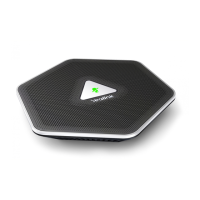
